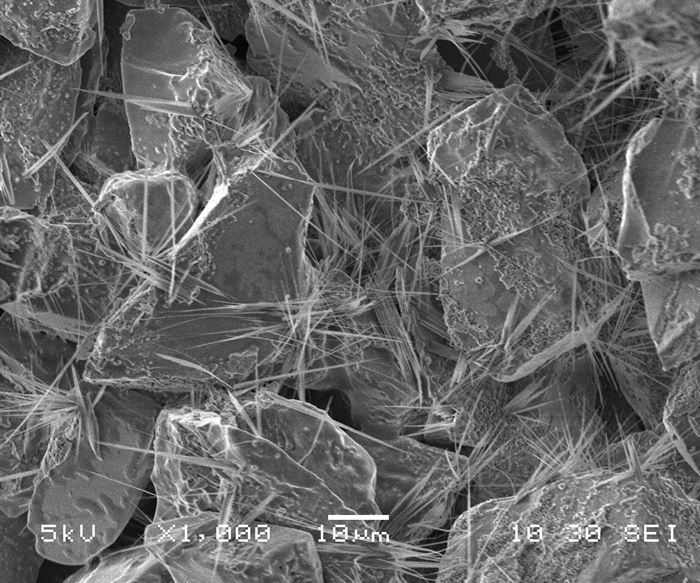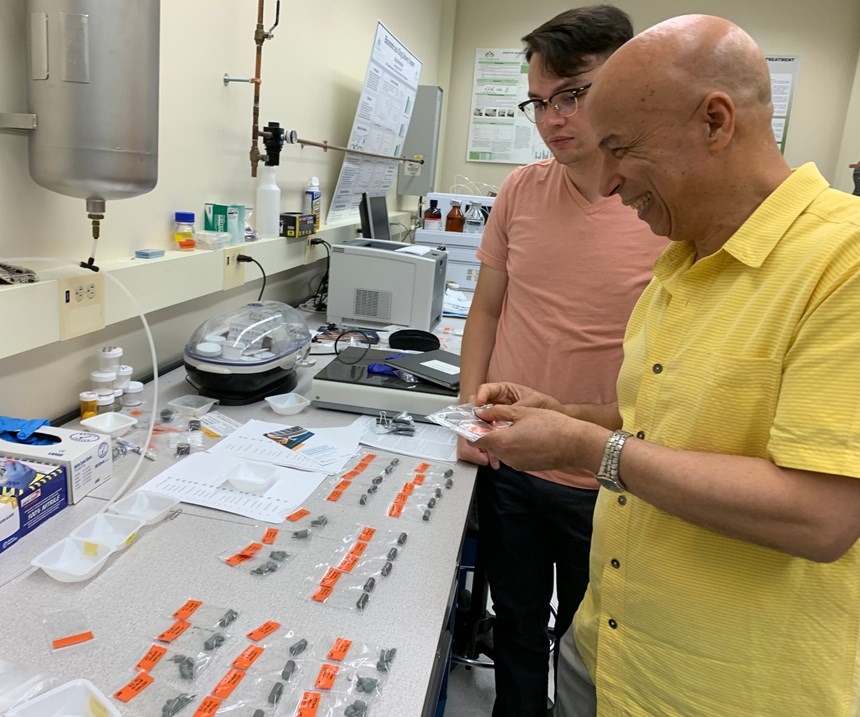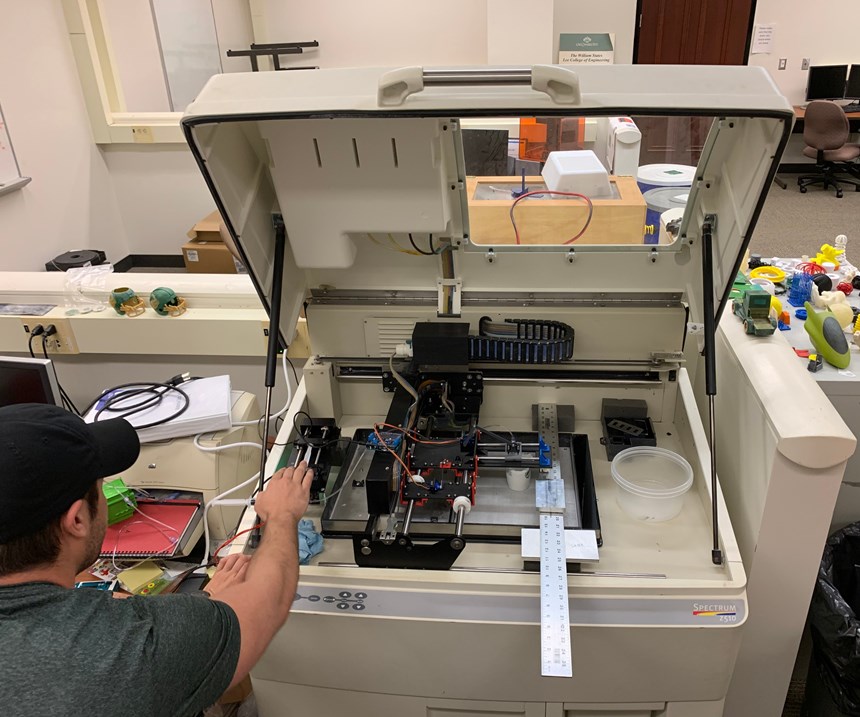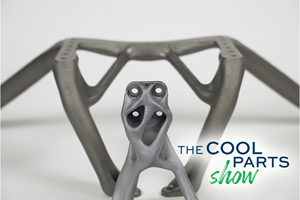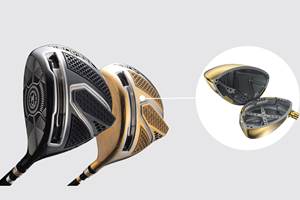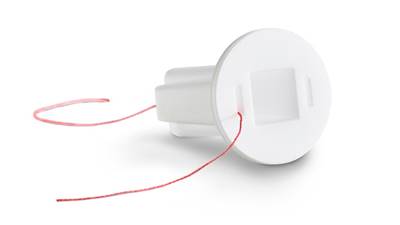Are Crystals the Key to 3D Printing with Silicon Carbide?
If SiC was easier and cheaper to apply, we would find many more uses for this hard, lightweight ceramic. Researchers have found a promising additive manufacturing approach, with crystal growth as the bonding mechanism.
Silicon carbide (SiC) is a hard, lightweight, thermal-shock-resistant ceramic material used for parts as diverse as car brake discs and bulletproof body armor, and it could find use in many more applications if only it was more accessible. Today, making components from this material involves molding at high heat and pressure. Mold tooling is needed within a molding process capable of 2,000 to 2,700˚C and 1,000 to 2,000 atmospheres. But could those requirements and this intensity of processing be avoided? Could additive manufacturing (AM) make this material easier to work with?
Maybe yes. University of North Carolina Charlotte (UNCC) professor Tony Schmitz and associate professor Ahmed El-Ghannam are leading a research project that has found a potentially promising new 3D printing method involving a new mechanism for binding this material. A new mechanism is needed because the established approaches to additive don’t work well with silicon carbide. The inert material can’t be melted in a focused-energy process and it resists fusing through a process involving sintering. But Drs. Schmitz and El-Ghannam’s work shows that crystals of silicon dioxide (SiO2) create a strong bond between silicon carbide grains, potentially pointing the way toward making parts with this material without mold tooling or a high-power molding press.
The material resulting from this process would not be pure SiC. Rather, it would be a composite of SiC and the SiO2 binder. In terms of strength, hardness or other useful properties, it might be something less than molded SiC, but close.
The researchers’ approach involves chemically activating the surfaces of silicon carbide grains. A solution containing sodium hydroxide serves to break the bond between silicon and carbon at the surface. The free silicon is attracted to oxygen in the air. This attraction is enough that heating the green part to just 600˚C (that is, heating the part after it has been printed or otherwise formed) is enough to energize the silicon sufficiently to find oxygen and form SiO2 crystals connecting adjacent SiC grains. That temperature, 600˚C, is low enough to be attained using an inexpensive benchtop furnace.
This effect has been demonstrated so far in discs and cylinders of SiC, ranging in size from 10 to 25 mm in diameter and 1 to 20 mm tall, that were soaked in the solution and heated. The next step will be to apply this effect in 3D printing to demonstrate the possibilities it offers for precise geometric control. During my recent visit to UNCC, I saw the 3D printer that the mechanical engineering department had successfully adapted for this purpose (see the third photo in the slideshow above). Dr. El-Ghannam points out that potential for geometric control in this process might be precise indeed—better than other 3D printing processes. This is because both sintering and heat treating, steps routinely associated with metal additive manufacturing, can change the form or dimensions of the part. By contrast, crystal growth is a binding mechanism between grains that leaves the positions of the grains where they are. With this method of bonding the material, there would be no appreciable warping or shrinkage.
Related Content
3D Printed Cutting Tool for Large Transmission Part: The Cool Parts Show Bonus
A boring tool that was once 30 kg challenged the performance of the machining center using it. The replacement tool is 11.5 kg, and more efficient as well, thanks to generative design.
Read More3D Printed "Evolved Structures" for NASA Exoplanet Balloon Mission: The Cool Parts Show #61
Generative design creates stiff, lightweight brackets for EXCITE mission monitoring planets orbiting other stars. The Cool Parts Show visits Goddard Space Flight Center.
Read MoreVideo: Orbit X Pro Football Helmet Uses 3D Printed Lattices
The lightweight helmet from Xenith will be used by NFL and collegiate football players beginning in fall 2024.
Read MoreTitanium Golf Club Line Leverages AM to Boost Clubhead Performance
Japanese lifestyle golf brand Designer utilizes Farsoon 3D printing to optimize the design and production of its latest titanium golf club line.
Read MoreRead Next
Printing End-Use Parts from High-Performance Ceramics
The lithography-based ceramic manufacturing (LCM) process allows the cost-effective production of ceramic parts even for a batch size of one.
Read MorePostprocessing Steps and Costs for Metal 3D Printing
When your metal part is done 3D printing, you just pull it out of the machine and start using it, right? Not exactly.
Read MoreProfilometry-Based Indentation Plastometry (PIP) as an Alternative to Standard Tensile Testing
UK-based Plastometrex offers a benchtop testing device utilizing PIP to quickly and easily analyze the yield strength, tensile strength and uniform elongation of samples and even printed parts. The solution is particularly useful for additive manufacturing.
Read More

